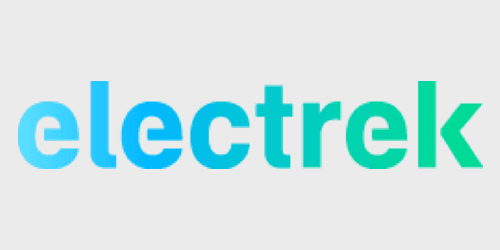
In today’s Electrek Green Energy Brief (EGEB):
- Irish telecoms company Eir and EasyGo will replace 180 phone boxes with EV rapid charge points.
- Denmark and Norway team up to build the world’s largest green hydrogen ferry.
- Norway’s plugin vehicle market share jumped from 60% to 80% in just one year, to November 2020.
- UnderstandSolar is a free service that links you to top-rated solar installers in your region for personalized solar estimates. Tesla now offers price matching, so it’s important to shop for the best quotes. Click here to learn more and get your quotes. — *ad.
From phones to EV chargers
With the arrival of the mobile phone, phone boxes are now obsolete. So, what to do with all those boxes and their infrastructure? Ireland is applying adaptive reuse of the well-positioned phone booths by turning them into EV chargers.
Irish telecoms company Eir and EV charging network EasyGo will replace 180 phone boxes with EV rapid charge points. EasyGo will use DC rapid chargers developed by Australia-based Tritium.
Gerry Cash, director of EasyGo, explains the reason for the innovative collaboration:
We’ve a culture of going into towns and places of convenience. Typically, the locations of the phone boxes are in those types of places. And that’s what we want to do — the make the experience of charging a car easy, comfortable, and safe for people.
EasyGo currently has more than 1,200 charge points around Ireland, and locations of EV chargers to go live under this initiative will be announced after consultation with local authorities.
The goal of the Irish Climate Action Plan 2030 is to have 936,000 electric vehicles on the road.
Giant green hydrogen ferry
Denmark and Norway are joining forces to build what will be the world’s largest and most powerful green hydrogen-fueled ferry by 2027. It will be capable of transporting 1,800 passengers between Copenhagen and Oslo. The two countries have applied for EU funding for the groundbreaking project. The fund targets “highly innovative technologies and big flagship projects.”
The vessel, which will be named Europa Seaways and operated by DFDS, will also be able to carry vehicles, either 380 cars or 120 trucks, on the 48-hour-long round trip. It will be powered by a 23-megawatt fuel cell, which is larger than any other current propulsion system.
Danish wind giant Ørsted will provide the green hydrogen using offshore wind power. According to Euractiv, “the ferry would avoid 64,000 tonnes of CO2 emissions every year, the same as taking more than 13,000 passenger cars off the road.”
Torben Carlsen, CEO of DFDS, said:
The largest fuel cell systems today produce only 1-5 MW, and the development of such large-scale fuel cell installations for an electric ferry is a monumental task.
We can only succeed in partnerships with companies that together can muster some of the globe’s finest expertise in design, approval, building, financing, and operation of innovative vessels.
Norway’s big EV jump
According to data from Norway’s OFV (Information Council for Road Traffic), the plugin vehicle market share jumped from 60% in November 2019 to 80% in November 2020. Norway has the highest electric vehicle market penetration per capita in the world.
Here’s how Norway’s November 2020 passenger auto registrations broke down:
- Battery electric vehicles: 56.1% (7,035)
- Plugin hybrids: 23.8% (2,983)
- Plugless hybrids: 9.5% (1,196)
- Diesel: 5.4% (678)
- Petrol: 5.1% (641)
The fossil-fuel sales of a combined 10.5% was a new record low. In September 2019, fossil-fuel-run cars made up 27.1% of new-car sales.
The most popular battery electric vehicles sold in Norway in November 2020 were the Volkswagen ID.3 (986), the MG ZS (644), and the Audi e-tron (569).
Photo: Flickr
FTC: We use income earning auto affiliate links. More.




Comments